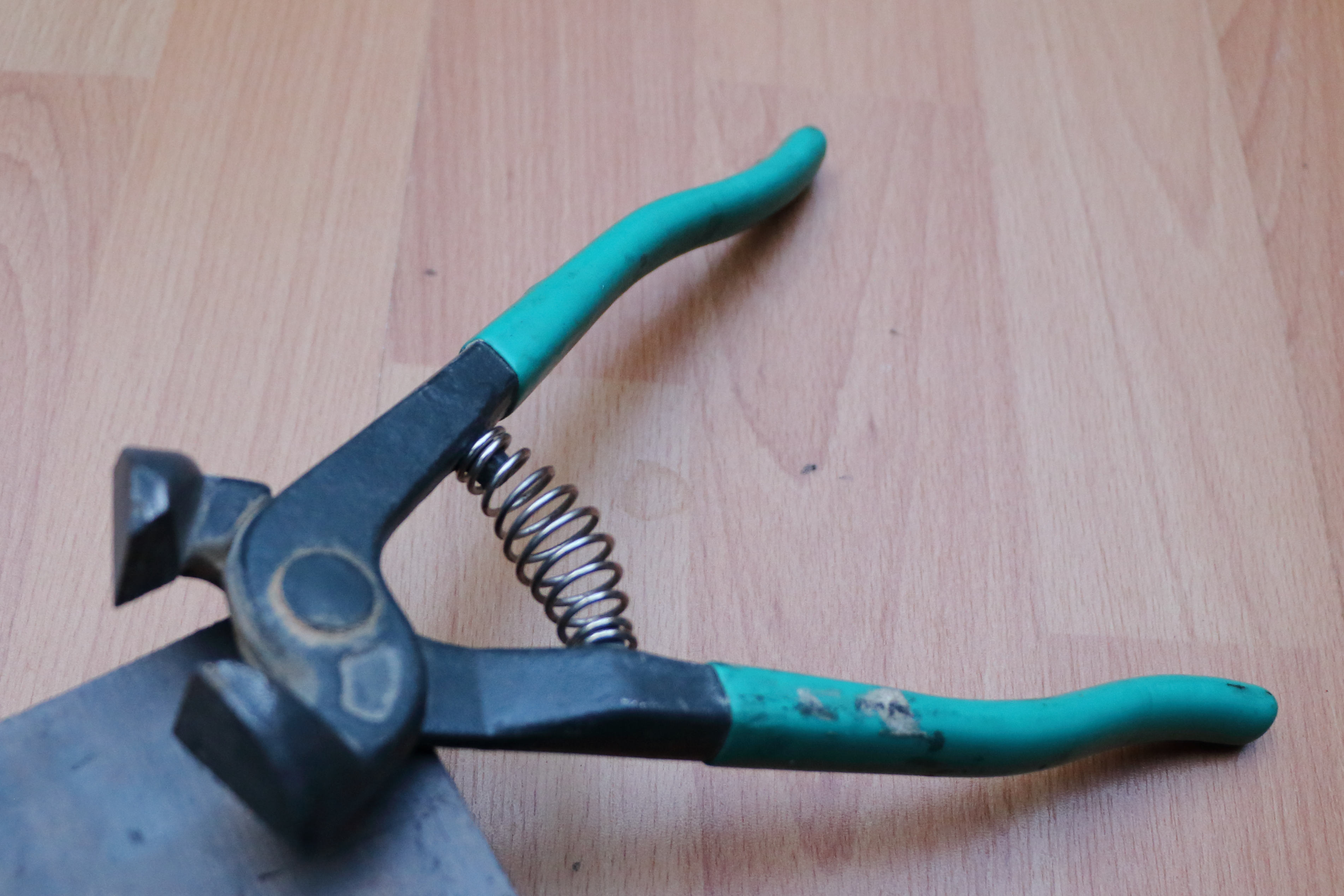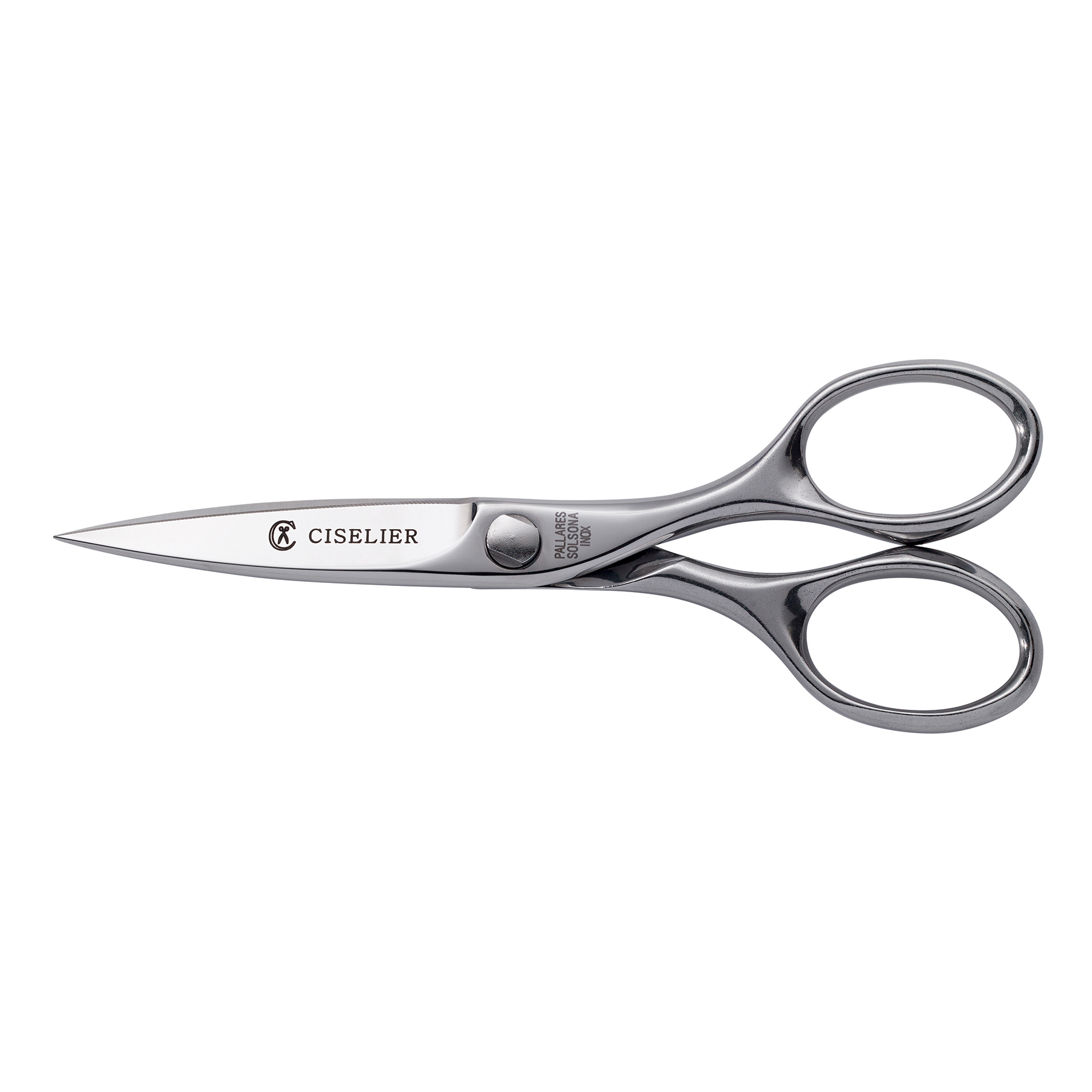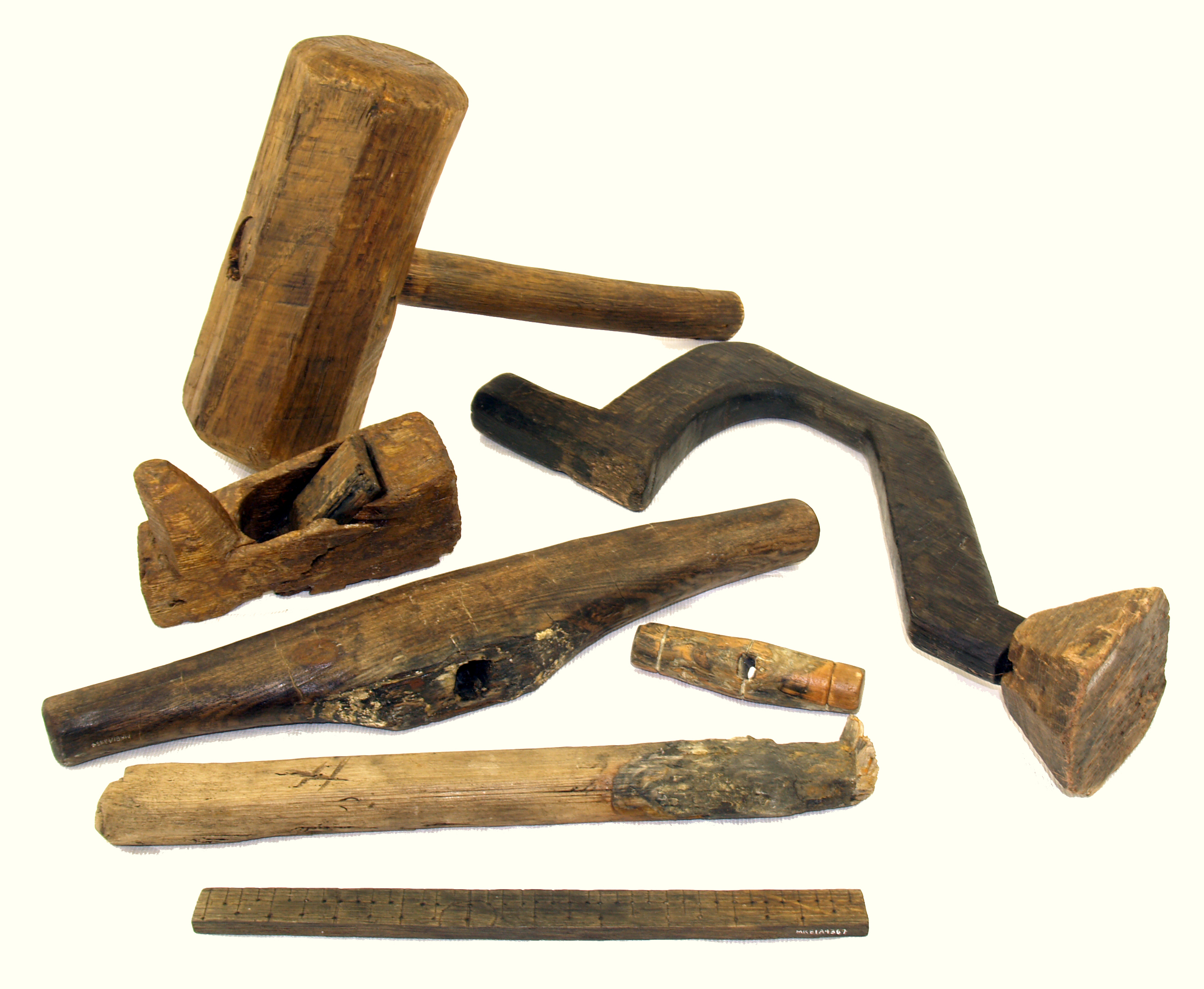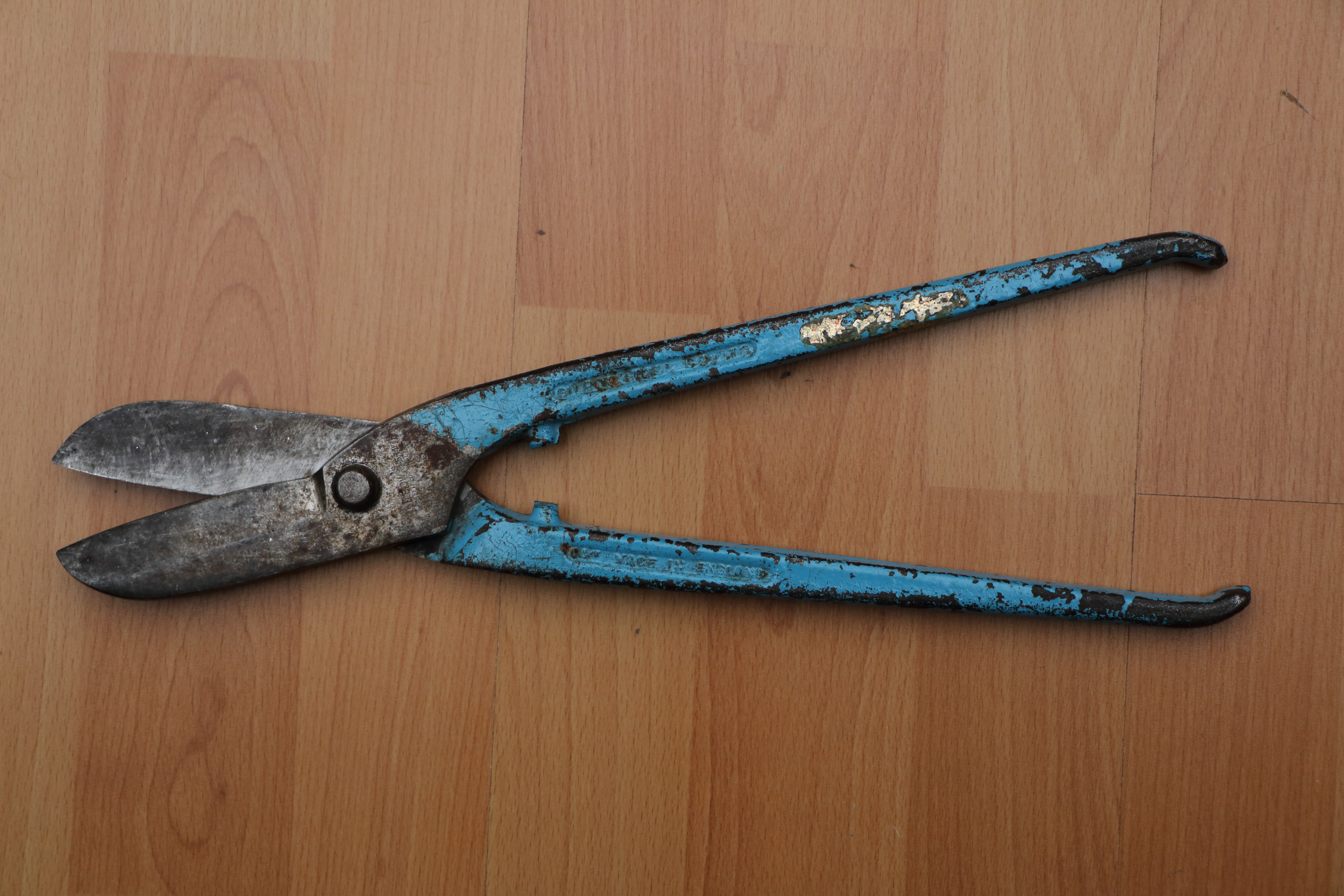|
Nipper (tool)
A nipper or tile nipper (like a pair of scissors or pliers) is a tool used to "nip" or remove small amounts of a hard material, such as pieces of a tile, which needs to be fitted around an odd or irregular shape. For tile that requires a straight cut a tile cutter is used. This is a small mechanical device where the tile is placed, aligned and clamped on a platform; lightly "scored" with a cutting wheel and snapped in two with a handled slicer (blade similar to a paper cutter in appearance). For larger jobs an electric tile saw or wet saw is used; this saw is similar to a small mitre saw except that water is distributed on the saw blade to lessen the effects of heat and friction. A rail nipper is used in rail transport modelling to cut rail tracks. See also *Tin snips *Pliers *Diagonal pliers, Electrical wire cutting References * Reader's Digest Book of Skills & Tools Cutting tools {{tool-stub ... [...More Info...] [...Related Items...] OR: [Wikipedia] [Google] [Baidu] [Amazon] |
Scissors
Scissors are hand-operated shearing tools. A pair of scissors consists of a pair of blades pivoted so that the sharpened edges slide against each other when the handles (bows) opposite to the pivot are closed. Scissors are used for cutting various thin materials, such as paper, paperboard, cardboard, metal leaf, metal foil, cloth, rope, and wire. A large variety of scissors and shears all exist for specialized purposes. Hair-cutting shears and kitchen shears are functionally equivalent to scissors, but the larger implements tend to be called Shears (other)#Cutting devices, shears. Hair-cutting shears have specific blade angles ideal for cutting hair. Using the incorrect type of scissors to cut hair will result in increased damage or split ends, or both, by breaking the hair. Kitchen shears, also known as kitchen scissors, are intended for cutting and trimming foods such as meats. Inexpensive, mass-produced modern scissors are often designed ergonomically with composite ... [...More Info...] [...Related Items...] OR: [Wikipedia] [Google] [Baidu] [Amazon] |
Pliers
Pliers are a hand tool used to hold objects firmly, possibly developed from tongs used to handle hot metal in Bronze Age Europe. They are also useful for bending and physically compressing a wide range of materials. Generally, pliers consist of a pair of metal first-class levers joined at a fulcrum positioned closer to one end of the levers, creating short ''jaws'' on one side of the fulcrum, and longer handles on the other side. This arrangement creates a mechanical advantage, allowing the force of the grip strength to be amplified and focused on an object with precision. The jaws can also be used to manipulate objects too small or unwieldy to be manipulated with the fingers. Diagonal pliers, also called side cutters, are a similarly shaped tool used for cutting rather than holding, having a pair of stout blades, similar to scissors except that the cutting surfaces meet parallel to each other rather than overlapping. Ordinary (holding/squeezing) pliers may incorporate ... [...More Info...] [...Related Items...] OR: [Wikipedia] [Google] [Baidu] [Amazon] |
Tool
A tool is an Physical object, object that can extend an individual's ability to modify features of the surrounding environment or help them accomplish a particular task. Although many Tool use by animals, animals use simple tools, only human beings, whose use of stone tools dates back hundreds of millennia, have been observed using tools to make other tools. Early human tools, made of such materials as Rock (geology), stone, bone, and wood, were used for the preparation of food, hunting, the manufacture of weapons, and the working of materials to produce clothing and useful Cultural artifact, artifacts and crafts such as pottery, along with the construction of housing, businesses, infrastructure, and transportation. The development of metalworking made additional types of tools possible. Harnessing energy sources, such as Working animal, animal power, wind, or steam, allowed increasingly complex tools to produce an even larger range of items, with the Industrial Revolution markin ... [...More Info...] [...Related Items...] OR: [Wikipedia] [Google] [Baidu] [Amazon] |
Tile
Tiles are usually thin, square or rectangular coverings manufactured from hard-wearing material such as ceramic, Rock (geology), stone, metal, baked clay, or even glass. They are generally fixed in place in an array to cover roofs, floors, walls, edges, or other objects such as tabletops. Alternatively, tile can sometimes refer to similar units made from lightweight materials such as perlite, wood, and mineral wool, typically used for wall and ceiling applications. In another sense, a tile is a construction tile or similar object, such as rectangular counters used in playing games (see tile-based game). The word is derived from the French Language, French word ''tuile'', which is, in turn, from the Latin Language, Latin word ''tegula'', meaning a roof tile composed of fired clay. Tiles are often used to form wall and floor coverings, and can range from simple square tiles to complex or mosaics. Tiles are most often made of pottery, ceramic, typically Ceramic glaze, glazed for ... [...More Info...] [...Related Items...] OR: [Wikipedia] [Google] [Baidu] [Amazon] |
Shape
A shape is a graphics, graphical representation of an object's form or its external boundary, outline, or external Surface (mathematics), surface. It is distinct from other object properties, such as color, Surface texture, texture, or material type. In geometry, ''shape'' excludes information about the object's Position (geometry), position, size, Orientation (geometry), orientation and chirality. A ''figure'' is a representation including both shape and size (as in, e.g., figure of the Earth). A plane shape or plane figure is constrained to lie on a ''plane (geometry), plane'', in contrast to ''solid figure, solid'' 3D shapes. A two-dimensional shape or two-dimensional figure (also: 2D shape or 2D figure) may lie on a more general curved ''surface (mathematics), surface'' (a two-dimensional space). Classification of simple shapes Some simple shapes can be put into broad categories. For instance, polygons are classified according to their number of edges as triangles, qua ... [...More Info...] [...Related Items...] OR: [Wikipedia] [Google] [Baidu] [Amazon] |
Tile Nippers
Tiles are usually thin, square or rectangular coverings manufactured from hard-wearing material such as ceramic, stone, metal, baked clay, or even glass. They are generally fixed in place in an array to cover roofs, floors, walls, edges, or other objects such as tabletops. Alternatively, tile can sometimes refer to similar units made from lightweight materials such as perlite, wood, and mineral wool, typically used for wall and ceiling applications. In another sense, a tile is a construction tile or similar object, such as rectangular counters used in playing games (see tile-based game). The word is derived from the French word ''tuile'', which is, in turn, from the Latin word ''tegula'', meaning a roof tile composed of fired clay. Tiles are often used to form wall and floor coverings, and can range from simple square tiles to complex or mosaics. Tiles are most often made of ceramic, typically glazed for internal uses and unglazed for roofing, but other materials are also com ... [...More Info...] [...Related Items...] OR: [Wikipedia] [Google] [Baidu] [Amazon] |
Nippers (PSF)
Nippers are young surf lifesavers, usually aged between 5 and 14 years old, in clubs across Australia, New Zealand and South Africa. Unlike senior surf lifesavers, the majority of them do not patrol the beaches. The focus for Nippers tends to be on fun, and surf awareness. Nippers learn about safety at the beach. They learn about dangers such as rocks, animals (e.g. the blue-ringed octopus), and surf conditions, such as rip currents, sandbars, and waves. Older Nippers also learn some basic first aid and may also learn CPR when they reach the age of 13. When Nippers are thirteen years old they can complete their SRC (Surf Rescue Certificate), enabling them to patrol beaches and partake in Senior Competition. Like their Senior counterparts, Nippers participate in regular competition against other Surf Lifesaving Clubs, at sports carnivals. Nippers are able to participate in a variety of Individual and Team events, including beach sprints, Flags, swimming and board races, r ... [...More Info...] [...Related Items...] OR: [Wikipedia] [Google] [Baidu] [Amazon] |
Mitre Saw
A miter saw or mitre saw is a saw used to make accurate crosscuts and miters in a workpiece by positioning a mounted blade onto a board. A miter saw in its earliest form was composed of a back saw in a miter box, but in modern implementation consists of a powered circular saw that can be positioned at a variety of angles and lowered onto a board positioned against a backstop called the fence. Powered miter saws also cut bevels into a work piece by adjusting the vertical tilt axis of upper portion of the machine while the table lays flat horizontally. A miter saw for which the axis can be tilted in a single direction is known as a single compound miter saw. If the axis can tilt both left and right, it is known as a double bevel compound miter saw. Some are equipped with a sliding rail system or have a pivot arm to cut wider work pieces when laid flat on the table of the saw and flush against the fence. This is known as a sliding compound miter saw. They are primarily used for c ... [...More Info...] [...Related Items...] OR: [Wikipedia] [Google] [Baidu] [Amazon] |
Rail Transport Modelling
Railway modelling (UK, Australia, New Zealand, and Ireland) or model railroading (US and Canada) is a hobby in which rail transport systems are Model building, modelled at a reduced Scale (ratio), scale. The scale models include locomotives, rolling stock, streetcars, rail tracks, tracks, Railway signal, signalling, Crane (machine), cranes, and landscapes including: countryside, roads, bridges, buildings, vehicles, harbors, urban landscape, model figures, lights, and features such as rivers, hills, tunnels, and canyons. The earliest model railways were the 'carpet railways' in the 1840s. The first documented model railway was the Railway of the Prince Imperial (French: Chemin de fer du Prince Impérial) built in 1859 by Emperor Napoleon III for his then 3-year-old son, also Louis-Napoléon, Prince Imperial, Napoleon, in the grounds of the Château de Saint-Cloud in Paris. It was powered by clockwork and ran in a figure-of-eight. Electric trains appeared around the start of t ... [...More Info...] [...Related Items...] OR: [Wikipedia] [Google] [Baidu] [Amazon] |
Rail Track
Railway track ( and UIC terminology) or railroad track (), also known as permanent way () or "P way" ( and Indian English), is the structure on a railway or railroad consisting of the rails, fasteners, sleepers (railroad ties in American English) and ballast (or slab track), plus the underlying subgrade. It enables trains to move by providing a dependable, low-friction surface on which steel wheels can roll. Early tracks were constructed with wooden or cast-iron rails, and wooden or stone sleepers. Since the 1870s, rails have almost universally been made from steel. Historical development The first railway in Britain was the Wollaton wagonway, built in 1603 between Wollaton and Strelley in Nottinghamshire. It used wooden rails and was the first of about 50 wooden-railed tramways built over the subsequent 164 years. These early wooden tramways typically used rails of oak or beech, attached to wooden sleepers with iron or wooden nails. Gravel or small stones were packe ... [...More Info...] [...Related Items...] OR: [Wikipedia] [Google] [Baidu] [Amazon] |
Tin Snips
Snips, also known as shears, are metalworking hand tools used to cut sheet metal and other tough webs. Workers use various types of snips, with the cutting edges being straight or curved to various degrees. The style of edge employed will depend if a straight sheer or some type of shape cut is necessary. There are two broad categories: ''tinner's snips'', which are similar to common scissors, and ''compound-action'' snips, which use a compound leverage handle system to increase the mechanical advantage. Types Tinner snips Tinner's snips, also known as tinner snips or tin snips, are one of the most popular type of snips. They are defined by their long handles and short blades. They usually have extra wide jaws and are made of drop forged carbon steel. Depending on the size of the blade, tin snips can cut between 24 gauge (0.64 mm) and 16 gauge (1.59 mm) cold rolled low-carbon tin. They can be ranged in length from long. There are two main types: straight-pattern an ... [...More Info...] [...Related Items...] OR: [Wikipedia] [Google] [Baidu] [Amazon] |
Pliers
Pliers are a hand tool used to hold objects firmly, possibly developed from tongs used to handle hot metal in Bronze Age Europe. They are also useful for bending and physically compressing a wide range of materials. Generally, pliers consist of a pair of metal first-class levers joined at a fulcrum positioned closer to one end of the levers, creating short ''jaws'' on one side of the fulcrum, and longer handles on the other side. This arrangement creates a mechanical advantage, allowing the force of the grip strength to be amplified and focused on an object with precision. The jaws can also be used to manipulate objects too small or unwieldy to be manipulated with the fingers. Diagonal pliers, also called side cutters, are a similarly shaped tool used for cutting rather than holding, having a pair of stout blades, similar to scissors except that the cutting surfaces meet parallel to each other rather than overlapping. Ordinary (holding/squeezing) pliers may incorporate ... [...More Info...] [...Related Items...] OR: [Wikipedia] [Google] [Baidu] [Amazon] |








